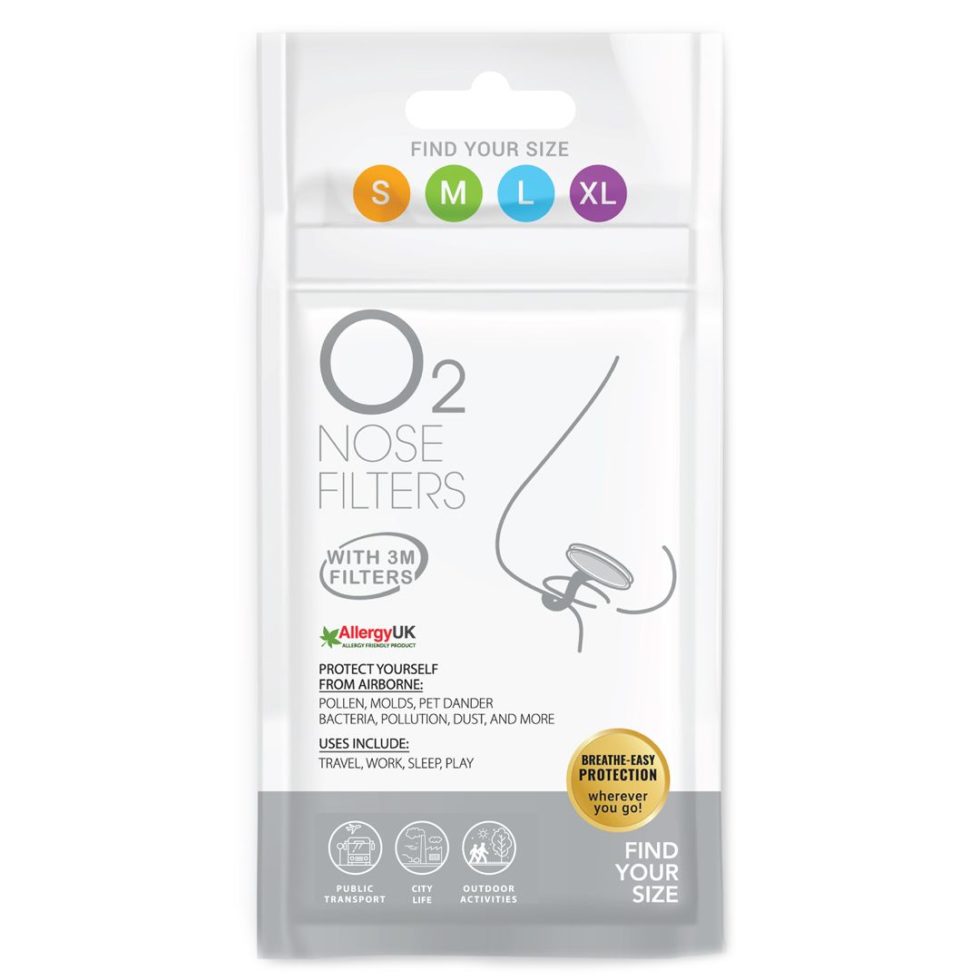Ideally, both sides of your nasal passageways are equal in size, although, studies estimate that as many as 80% of people have a nasal septum that’s off-center. A deviated septum is observed when your nasal septum, being the thin wall between your nasal passages, is displaced to one or both sides. While a majority of people experience a deviated septum to some degree, only those with severe deviations may experience unwanted side effects. Below, we explore common causes, symptoms, treatments, and preventable measures of a deviated septum.
Causes of a Deviated Septum
Is your nose always blocked on one side? A deviated septum can be congenital, meaning some people are born with it as a result from a difficult birth, connective tissue disease, or a hereditary defect. A deviated septum can also be a result of normal development, such as a septum can sometimes lean towards one side as a person’s nose grows. Another primary cause of a deviated septum can be attributed to sustaining a nose injury, such as a broken nose brought on by a car accident, contact sports, a fall, or any form of physical altercations.
Symptoms of a Deviated Septum
Most people experience no symptoms from a deviated septum due to a majority of deviations being incredibly minor. However, in cases of a severe deviation, the most common symptom is difficulty breathing through one side of your nose. Other common symptoms include:
- Headaches or Facial Pain
- Disturbed Sleep or Sleep Apnea
- A Blocked Nose (which can be in one nostril, or alternate between nostrils)
- Sinus Infections
- Nosebleeds
- Mouth Breathing or Noisy Breathing
- A Visibly Crooked Nose
Treating a Deviated Septum
To treat a deviated septum, first a medical provider must examine and diagnose the condition through a physical assessment. In most cases, those with a deviated septum will merely experience mild symptoms. In these situations of minor deviations, medications such as nasal decongestants, nasal steroid sprays, and antihistamines may be prescribed to alleviate symptoms.
In severe cases of a deviated septum, however, surgical intervention may be necessary to alleviate symptoms. The most common deviated septum procedure is called Septoplasty, which is when a surgeon reshapes your septum. During this surgery, adding or removing bone and cartilage from your nose may help straighten the septum. Septoplasty is an outpatient procedure that generally lasts between 30-and-90 minutes to complete. Other procedures to correct a deviated septum includes Septorhinoplasty, Submucosal Resection, and Turbinate Outfracture.
Preventing a Deviated Septum
For those born with a deviated septum, procedures or less invasive treatment options may be required to reduce unwanted symptoms. For those who don’t already have a deviated septum, however, can reduce their risk for acquiring one by protecting their nose, such as:
- Wearing a seatbelt.
- Wearing protective gear when playing sports.
- Avoiding situations where one might damage their nose.
- Not rubbing your nose too hard.
- Wearing O2 Nose Filters.
O2 Nose Filters are nasal dilators which actually fit along the inside of your nostrils. When wearing these filters, your nose has an extra minor layer of protection which softly pushes against your nasal barrier, therefore benefiting the overall integrity of your nose’s defenses. O2 Nose Filters are an effective solution when it comes to improving overall nasal health. Nose filters are a discreet, effective option to protect against airborne particulate matter. O2 Nose Filters uses electrostatic technology to capture allergens, viruses, and other particulate, making them a valuable tool for anyone who wants to drastically limit the pollutants and pollens they breathe in daily.
-
O2 Nose Filters Sizing Pack$3.95
-
O2 Nose Filters | 20 Pack$18.95
-
O2 Nose Filters | 10 Pack$10.95 — or subscribe and save 10%






